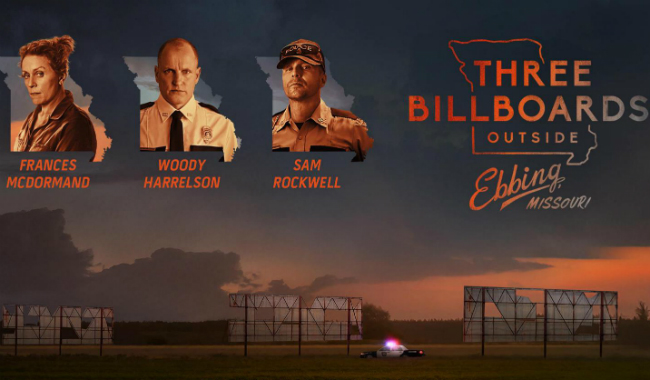“What is your only comfort in life and in death? That I
belong body and soul, in life and in death, to my faithful savior….” The first
words uttered in Paul Schrader’s First
Reformed are the famous first question of the Heidelberg Catechism – the Reformed
creed that for centuries was the foundation of Sunday evening sermons in
Reformed churches. In the film, the creed is being recited by the congregation
of First Reformed Church, a dying congregation near Albany, New York. The words
are spoken but they are empty doctrine that provide no comfort for the church’s
pastor, who is in the midst of a major crisis of faith.
Paul Schrader is widely regarded as one of the great film
writers of the past half-century, having collaborated with Martin Scorsese
three times, including his masterpieces Taxi
Driver and Raging Bull. Schrader’s
directorial efforts have been less successful, although he has enjoyed the
occasional critical success (American Gigolo,
Affliction). His latest effort, First
Reformed, which he both wrote and directed, has garnered a 97% “fresh”
rating on Rotten Tomatoes and a 83% positive score on Metacritic, making it one
of this year’s most critically acclaimed films.
First Reformed,
which debuted at Venice last August and is just now being released in the U.S.,
is being hailed as the culmination of Schrader’s career, integrating many of
the motifs that have characterized his work. It is the story of the Rev. Ernst Toller
(as in “ask not for whom the bell tolls…”), the pastor of a dying church in
upstate New York experiencing a crisis of faith as his church nears its 250th
anniversary. Played by Ethan Hawke, Toller spends more time tending the headstones
in the church cemetery than the dwindling members of his flock. He is, like
most Schrader protagonists, a loner struggling with the apparent absence of God
in a morally bankrupt world. A former Army chaplain, Toller is suffering in
body and spirit, having experienced a personal tragedy that has unmoored both
his life and faith. When he is brought into the lives of a young pregnant woman
named Mary (Amanda Seyfried) and her radical environmentalist husband Michael
(Phillip Ettinger), he is forced to confront his own internalized anger and
despair. Following the pattern of Taxi
Driver anti-hero Travis Bickle (“one of these days a real rain’s going to
come and wash this scum off the streets”), Toller assumes the role of the apocalyptic
prophet, the agent of divine judgment.
 In First Reformed we
see echoes of other films – most notably Luc Besson’s Diary of a Country Priest, and Ingmar Bergman’s existential trilogy
Through a Glass Darkly, Winter Light, and
The Silence. But whereas those
classics spoke with theological nuance, First
Reformed lacks spiritual sophistication. Mirroring the culture that
Schrader derides, his characters are theological caricatures drawn on the one
hand to simplistic debate and on the other to Manichaean extremism. The most
egregious caricature is ecclesiastical – the dying “traditional” congregation
contrasted with the high-tech, big-money non-denominational “Abundant Life
Church” embodying what sociologist Talcott Parsons termed a “tension-reduction,
pattern-maintenance” social function. Abundant Life’s well-tailored pastor
(played by Cedric the Entertainer) courts the support of mega-polluting business
owner Edward Balq (Michael Gaston).
In First Reformed we
see echoes of other films – most notably Luc Besson’s Diary of a Country Priest, and Ingmar Bergman’s existential trilogy
Through a Glass Darkly, Winter Light, and
The Silence. But whereas those
classics spoke with theological nuance, First
Reformed lacks spiritual sophistication. Mirroring the culture that
Schrader derides, his characters are theological caricatures drawn on the one
hand to simplistic debate and on the other to Manichaean extremism. The most
egregious caricature is ecclesiastical – the dying “traditional” congregation
contrasted with the high-tech, big-money non-denominational “Abundant Life
Church” embodying what sociologist Talcott Parsons termed a “tension-reduction,
pattern-maintenance” social function. Abundant Life’s well-tailored pastor
(played by Cedric the Entertainer) courts the support of mega-polluting business
owner Edward Balq (Michael Gaston).
The theological tropes in the film are obvious and cliché: blood atonement, the Holy
Family, religious hypocrisy, even “Onward, Christian Soldiers.”
They are presented, almost like celebrity cameos, but are never addressed
meaningfully. Schrader could have used a technical adviser on ministry: almost
nothing about Rev. Toller rings true to the experience of actual mainline
ministers, especially in the second decade of the 21st century. One wonders
if Toller ever went to seminary, or ever attended a boundaries-training event. Several
actions that are presented as normative pastoral care and are crucial to the narrative
are contrary to everything a trained Army chaplain or mainline minister would
have been taught. These might be lost on the average film-goer or critic, but
they are fatal to the film’s credibility with actual ministers.
Schrader’s cinematic style is on full display in First Reformed: the visual symbolism of
light and darkness (or dawn and dusk) in his settings and cinematography; the ominous
score which highlights the spiritual battle of good and evil. The film is even
shot in 4:3 aspect, as if to highlight the narrow, cramped, constrained faith
of the religious world Schrader portrays.
First Reformed may
be the culmination of Schrader’s cinematic faith journey. But it is not a
journey that looks anything like real spiritual crises. The performances are laudable,
but the theology is laughable. Two stars out of four (2.0/4.0).






